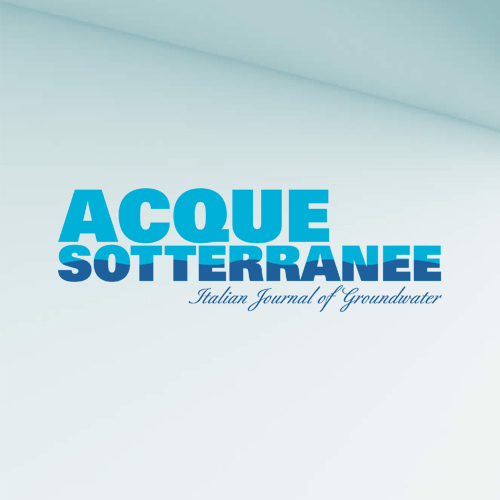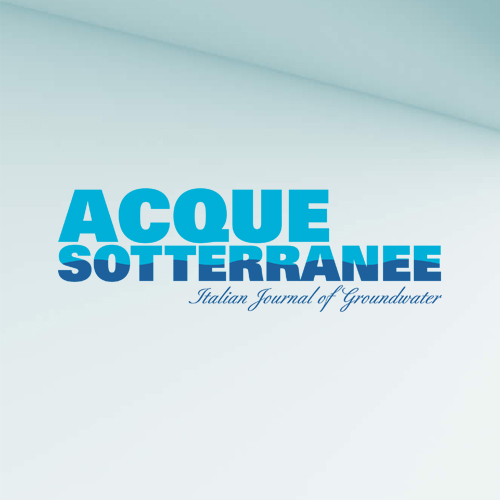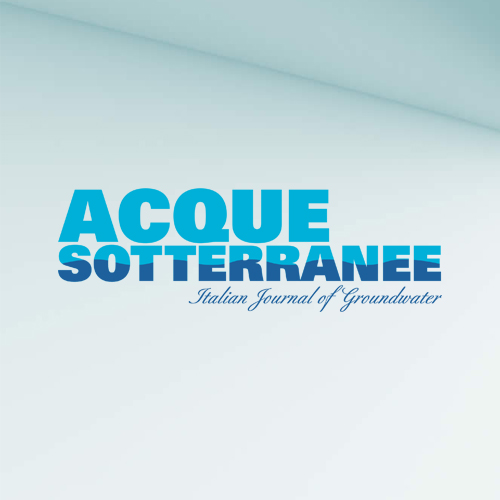Assessment of groundwater quality and soil salinization risks in the central Tunisia aquifer systems: water resources management and public health implications
Accepted: 6 March 2025
SUPPLEMENTARY MATERIAL: 17
All claims expressed in this article are solely those of the authors and do not necessarily represent those of their affiliated organizations, or those of the publisher, the editors and the reviewers. Any product that may be evaluated in this article or claim that may be made by its manufacturer is not guaranteed or endorsed by the publisher.
Authors
In deserts and semi-arid areas, groundwater is limited and often of varying quality, affecting human health and soil fertility. In Central Tunisia’s Maknassy region, intensive agriculture has increased the extraction of water from the Upper Zebbag deep aquifer (UZ), causing a decline in groundwater levels and posing a threat to this resource. This study aims to calculate indexes for assessing the suitability of groundwater for domestic and agricultural use, considering factors such as soil salinization and irrigation practices. The analysis of these indexes provides insights into the current state of groundwater quality, which could eventually serve as a foundation for managing and safeguarding the research area’s soil and water resources. To achieve this, a multidisciplinary approach was used, incorporating indexes such as the Drinking Water Quality Index (DWQI), Irrigation Water Quality Index (IWQI), Nitrate Pollution Index (NPI), and Human Health Risk Assessment (HHRA), along with multivariate statistical simulations. The water quality index (WQI) shows that 53% of the area has good water for human consumption, while 47% is of poor quality. For irrigation, 92% of the study area shows good quality. The study also uses the Ascending Hierarchical Classification (AHC) to identify three water groups, highlighting risks related to soil salinisation and sodisation. The NPI reveals medium levels of nitrate contamination in 26.67% of samples, and children are found to be more at risk of non-carcinogenic health issues compared to adults. These various findings could serve as a foundation for managing and safeguarding the research area’s soil and water resources.
How to Cite

This work is licensed under a Creative Commons Attribution-NonCommercial 4.0 International License.
PAGEPress has chosen to apply the Creative Commons Attribution NonCommercial 4.0 International License (CC BY-NC 4.0) to all manuscripts to be published.
Similar Articles
- Davide Fronzi, Francesca Banzato, Stefano Caliro, Costanza Cambi, Carlo Cardellini, Roberto Checcucci, Lucia Mastrorillo, Francesco Mirabella, Marco Petitta, Daniela Valigi, Alberto Tazioli, Preliminary results on the response of some springs of the Sibillini Mountains area to the 2016-2017 seismic sequence , Acque Sotterranee - Italian Journal of Groundwater: Vol. 9 No. 1 (2020)
- Matteo Cultrera, Design of deep geothermal wells , Acque Sotterranee - Italian Journal of Groundwater: Vol. 5 No. 4 (2016)
- Mara Meggiorin, Giulia Passadore, Silvia Bertoldo, Andrea Sottani, Andrea Rinaldo, Assessing the long-term sustainability of the groundwater resources in the Bacchiglione basin (Veneto, Italy) with the Mann-Kendall test: suggestions for higher reliability , Acque Sotterranee - Italian Journal of Groundwater: Vol. 10 No. 1 (2021)
You may also start an advanced similarity search for this article.


 https://doi.org/10.7343/as-2025-825
https://doi.org/10.7343/as-2025-825










